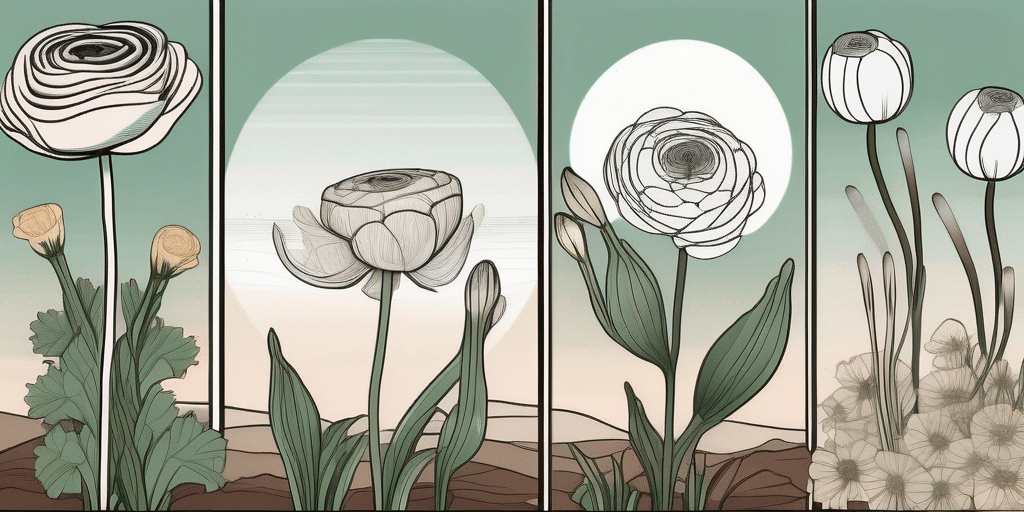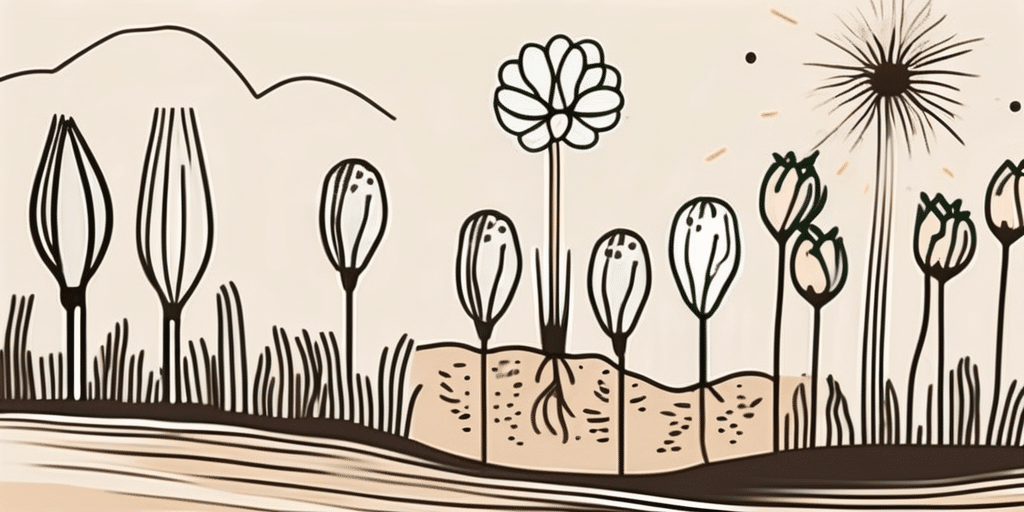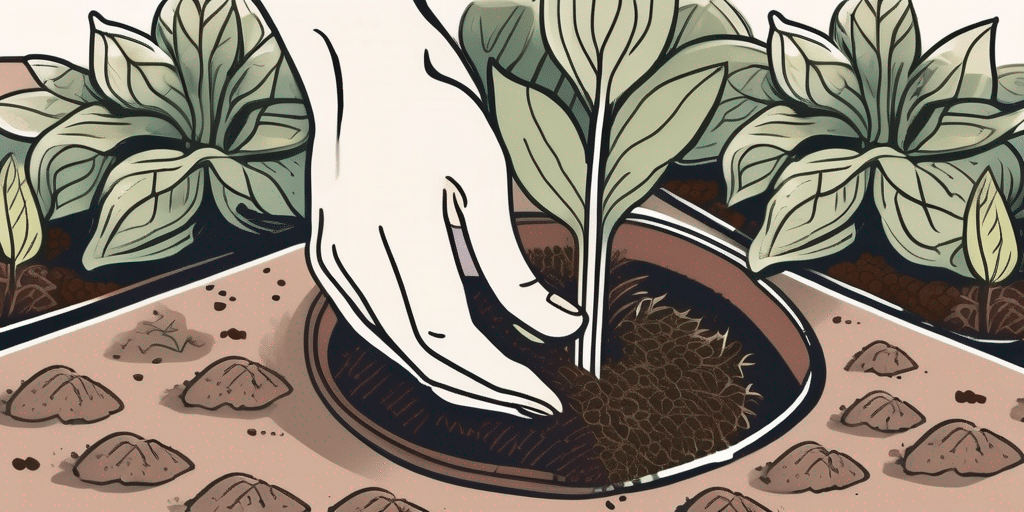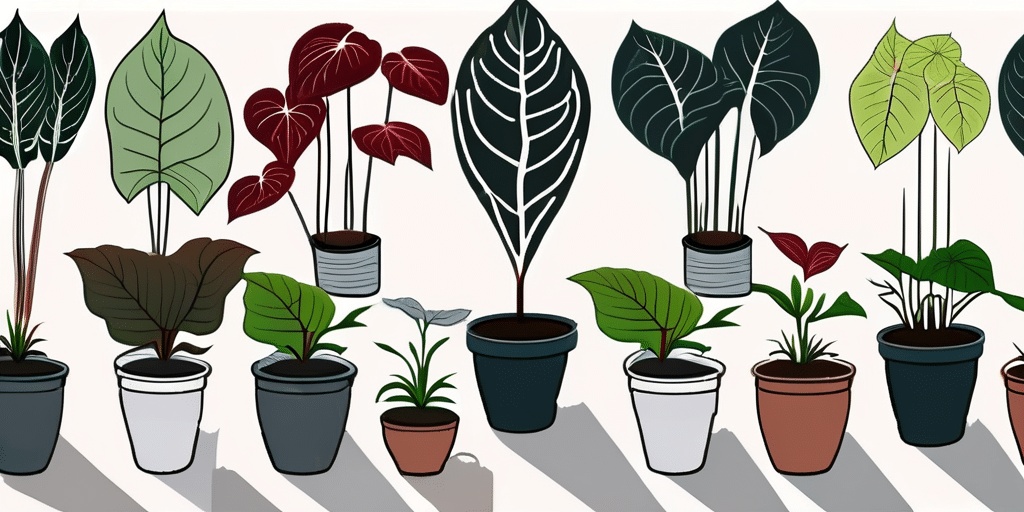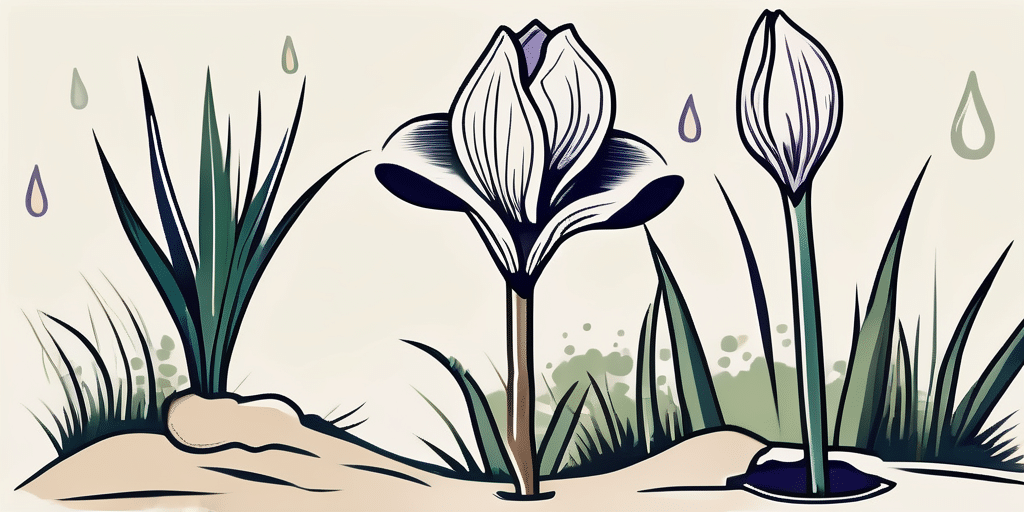Chrysanthemums, with their vibrant colors and stunning blooms, are a popular choice for gardeners looking to add a touch of beauty to their outdoor spaces. However, caring for these lovely flowers requires some knowledge and attention to detail. In this article, we will provide you with the ultimate guide to chrysanthemum care, covering everything from understanding different varieties to pruning and maintaining your plants. So let’s dive in and discover the secrets to nurturing healthy and thriving chrysanthemums!
Understanding Chrysanthemum Varieties
Before we delve into the nitty-gritty of caring for chrysanthemums, it’s important to have a basic understanding of the different varieties that exist. Chrysanthemums come in various types, each with its own unique characteristics. Let’s explore a few of the most common ones:
Identifying Different Types of Chrysanthemums
The first step towards becoming a chrysanthemum aficionado is learning how to identify different types of these captivating flowers. Some popular varieties include:
- Daisy Chrysanthemums – characterized by their large, single blooms with a prominent central disk surrounded by petals.
- Spray Chrysanthemums – featuring multiple small flowers on each stem, creating a stunning cluster of blooms.
- Cushion Chrysanthemums – known for their compact growth habit and densely packed blossoms.
- Spoon Chrysanthemums – boasting unique spoon-shaped petals that give them a distinctive look.
By familiarizing yourself with these different types, you’ll have a better idea of what varieties you’d like to include in your garden.
Choosing the Right Chrysanthemum for Your Garden
When it comes to selecting the perfect chrysanthemum for your garden, there are a few factors to consider:
- Climate Compatibility: Chrysanthemums thrive in temperate climates, so choose varieties that are well-suited to your particular region.
- Growth Habit: Determine whether you prefer tall, upright chrysanthemums or compact, bushy ones.
- Blooming Time: Chrysanthemum blooms can appear in late summer or fall, so select varieties that align with your desired time of year for a pop of color in your garden.
- Color Palette: Chrysanthemums come in an array of hues, so consider which colors will complement your existing garden design.
By keeping these factors in mind, you’ll be able to choose chrysanthemums that not only thrive in your garden but also enhance its overall aesthetics.
Essential Chrysanthemum Care Tips
Now that we’ve explored the basics of chrysanthemum varieties, let’s move on to some essential care tips to ensure your plants stay healthy and beautiful:
Watering Your Chrysanthemums Correctly
Proper watering is crucial for chrysanthemums, as these flowers have specific moisture requirements. Here’s what you need to know:
- Consistent Moisture: Chrysanthemums prefer evenly moist soil, so aim to keep the soil moisture level consistent.
- Avoid Overwatering: While it’s important to keep the soil moist, overwatering can lead to root rot and other detrimental conditions. Make sure the soil drains well and doesn’t become waterlogged.
- Watering Frequency: In general, chrysanthemums need about 1 inch of water per week. However, this may vary depending on your climate and soil type, so it’s best to monitor the moisture level and adjust accordingly.
By paying attention to your chrysanthemums’ water needs, you’ll be able to provide them with the hydration they require for optimal growth.
The Importance of Proper Lighting
Like most plants, chrysanthemums need an adequate amount of sunlight to thrive. Here are some lighting tips to keep in mind:
- Sun Exposure: Chrysanthemums typically require at least 6 hours of direct sunlight each day. Choose a location in your garden that receives ample sunlight.
- Shade Protection: While chrysanthemums love the sun, intense afternoon heat can be harmful. Consider providing some shade during the hottest part of the day to protect your plants.
By ensuring your chrysanthemums receive the right amount of light, you’ll pave the way for vibrant blooms and healthy growth.
Ideal Soil Conditions for Chrysanthemums
Creating the optimal soil environment is essential for chrysanthemums’ overall health. Here’s what you need to know:
- Well-Draining Soil: Chrysanthemums thrive in well-draining soil to prevent waterlogged roots. Amend heavy clay soils with organic matter to improve drainage.
- pH Level: Chrysanthemums prefer slightly acidic to neutral soil, with a pH range between 6.0 and 7.0. Test your soil and make any necessary adjustments.
- Soil Fertility: Chrysanthemums benefit from nutrient-rich soil. Incorporate compost or well-balanced fertilizer to provide the necessary nutrients for healthy growth.
By ensuring your chrysanthemums have the right soil conditions, you’ll lay the foundation for robust plants and abundant blooms.
Chrysanthemum Diseases and Pests
While chrysanthemums are generally resilient, they can still be susceptible to certain diseases and pests. Here’s what you need to know:
Common Diseases Affecting Chrysanthemums
Some common diseases that can affect chrysanthemums include:
- Root Rot: Caused by overwatering and poorly draining soil, root rot can lead to wilting and eventual death of the plant. Avoid overwatering and ensure proper drainage to prevent this disease.
- Gray Mold: Gray mold, also known as botrytis, causes brown spots and a fuzzy gray coating on the flowers and foliage. Maintain good airflow and avoid overhead watering to prevent this fungal disease.
- Leaf Spot: Leaf spot appears as small, dark spots on the foliage, leading to yellowing and defoliation. Remove infected leaves and ensure proper spacing to improve air circulation.
By recognizing the signs of these diseases and taking appropriate measures, you can protect your chrysanthemums from severe damage.
How to Protect Your Chrysanthemums from Pests
In addition to diseases, chrysanthemums can also fall victim to pests. Here are a few common culprits and ways to combat them:
- Aphids: These tiny, sap-sucking insects can cause distorted leaves and stunted growth. Use insecticidal soap or neem oil to control aphids.
- Spider Mites: Spider mites thrive in hot, dry conditions and can quickly damage chrysanthemums. Regularly mist the plants and introduce natural predators, such as ladybugs.
- Slugs and Snails: These slimy creatures can leave holes in the leaves and petals of chrysanthemums. Handpick them off the plants or use traps to control their population.
By being proactive and vigilant in pest control, you can prevent infestations and keep your chrysanthemums healthy and thriving.
Pruning and Maintaining Your Chrysanthemums
To keep your chrysanthemums looking their best, regular pruning and maintenance are essential. Let’s explore some key practices:
When and How to Prune Chrysanthemums
Pruning chrysanthemums at the right time and in the correct manner will promote bushier growth and more robust blooms. Here’s how:
- Pinch Back: Pinch back young chrysanthemum plants when they reach a height of 6-8 inches. Use your fingers or pruning shears to remove the top 2 inches of growth. This encourages the plant to branch out and produce more flowers.
- Deadhead Spent Blooms: As the flowers fade, remove them by snipping the stem just above a set of leaves. This prevents the plant from expending energy on seed production and encourages further blooming.
By implementing these pruning techniques, you’ll maintain compact and well-shaped chrysanthemum plants that are bursting with color.
Regular Maintenance for Healthy Chrysanthemums
In addition to pruning, regular maintenance tasks are necessary to ensure the longevity and vitality of your chrysanthemums. Consider the following care tips:
- Fertilization: Feed your chrysanthemums with a slow-release balanced fertilizer in early spring and again in midsummer. Follow the product instructions for application rates.
- Weed Control: Keep your chrysanthemum beds weed-free to reduce competition for nutrients and water. Consider applying a layer of mulch to suppress weed growth.
- Support Structures: Depending on the variety, chrysanthemums may require support to prevent flopping. Stake taller plants or use metal rings to provide the necessary support.
By incorporating regular maintenance tasks into your gardening routine, you’ll ensure that your chrysanthemums remain healthy and stunning throughout the growing season.
Propagating and Transplanting Chrysanthemums
If you’re looking to expand your chrysanthemum collection or share your favorite varieties with friends and family, propagation and transplantation become important. Let’s explore these processes in more detail:
How to Propagate Chrysanthemums Successfully
Propagating chrysanthemums can be done through division or stem cuttings. Here’s a step-by-step guide:
- Division: In early spring or late fall, dig up an established chrysanthemum clump, ensuring that you get enough roots. Gently separate the clump into individual plants and replant them in desired locations.
- Stem Cuttings: Take stem cuttings from healthy chrysanthemum plants in spring or early summer. Make 3-4 inch cuttings just below a node, remove the lower leaves, and dip the cut end in a rooting hormone. Place the cuttings in a well-draining medium and keep them moist until roots develop.
By following these propagation techniques, you’ll be able to multiply your chrysanthemum collection and enjoy even more beautiful blooms.
Tips for Transplanting Chrysanthemums Safely
Whether you’re moving chrysanthemums from one area of your garden to another or giving them a new home in someone else’s garden, proper transplanting techniques are crucial. Consider the following tips:
- Timing: Transplant chrysanthemums in spring or fall, avoiding periods of extreme heat or cold.
- Prepare the New Site: Before transplanting, prepare the new location by digging a hole large enough to accommodate the plant’s root ball.
- Careful Removal: Gently dig up the chrysanthemum, ensuring you don’t damage the roots. Keep as much soil around the roots as possible.
- Replanting: Place the chrysanthemum in its new location at the same depth it was previously growing. Backfill the hole with soil and water thoroughly.
By following proper transplanting practices, you’ll minimize stress on the chrysanthemums and promote a successful transition to their new environment.
With these tips and insights at your disposal, you’re now equipped to become a chrysanthemum care expert. Remember to customize your approach based on the specific needs of the varieties you choose, and don’t hesitate to consult reputable sources like the USDA or local agricultural universities for further guidance. Happy gardening and enjoy the beautiful blooms of your well-cared-for chrysanthemums!
Join Our Green-Thumbed Community!
Ready to transform your garden into a chrysanthemum paradise? Subscribe for free to How to Grow Everything and gain access to a treasure trove of gardening wisdom! Whether you’re a novice or a seasoned gardener, we tailor our advice to your unique grow zone and interests. Enjoy exclusive tips, special offers, and the best gardening deals delivered straight to your inbox. With us, it’s not just about growing plants—it’s about growing dreams. 100% free, from our family to yours. Start building the garden of your dreams today!
